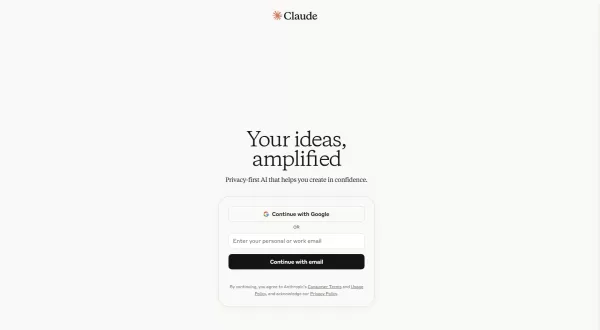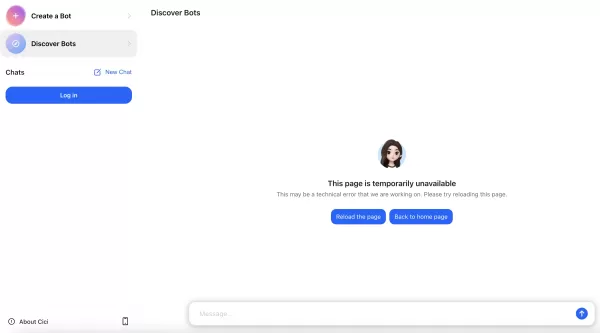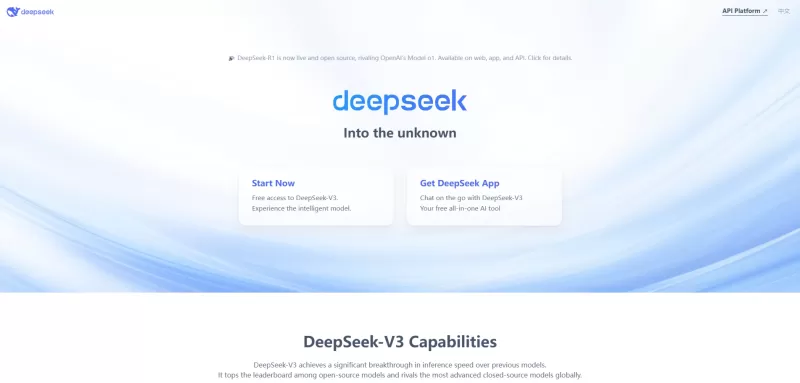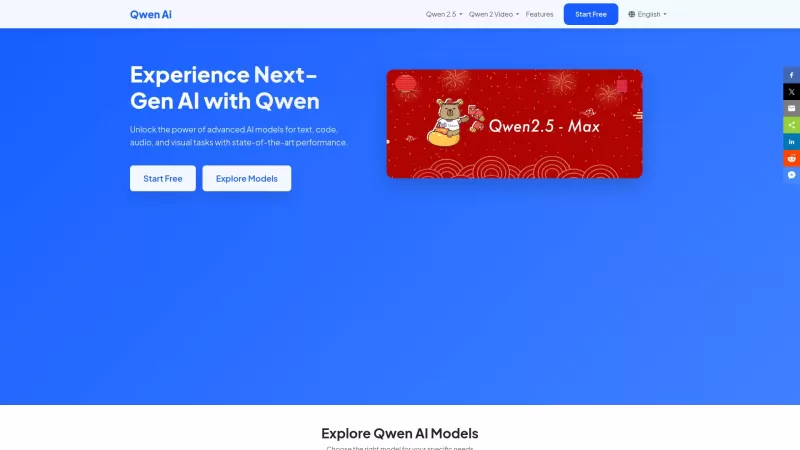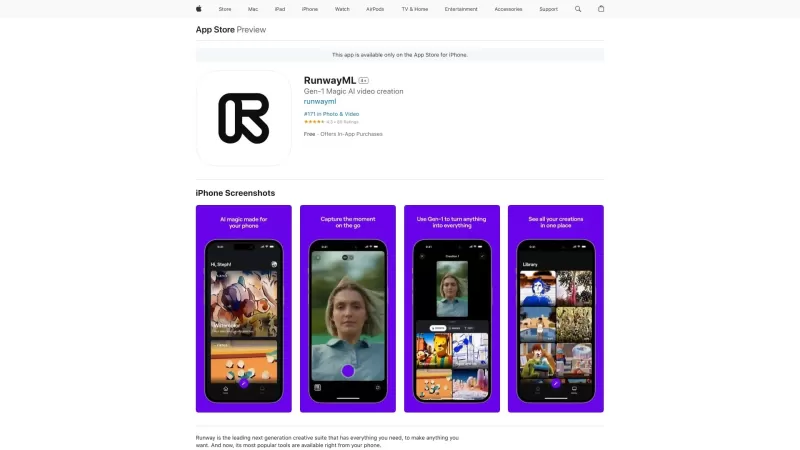TikTok Introduces AI Feature to Transform Photos into Videos with Text Prompts
TikTok's groundbreaking "AI Alive" feature introduces an innovative way to animate still images through simple text prompts. Unlike traditional AI video tools, this platform simplifies the animation process by integrating advanced AI technology directly into the Story Camera interface. The company describes it as an accessible solution that empowers all users, regardless of technical skills, to bring photos to life with dynamic movements and creative effects.
During hands-on testing with personal photos, the tool demonstrated promising capabilities with some limitations. The typical workflow involves selecting an image, entering a descriptive prompt (pre-populated with "make this photo come alive"), and waiting a few minutes for processing. While the generated videos remain brief at just seconds long, the tool currently struggles with complex requests - like simultaneously animating a cat's movement while applying anime-style filters.
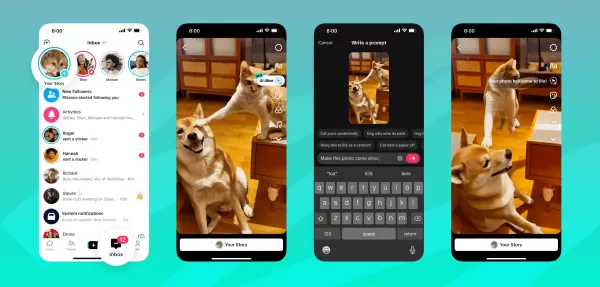 Image: TikTok
Image: TikTok
To ensure responsible use, TikTok has implemented multiple safety protocols. The system examines images, text prompts, and generated videos against community guidelines before displaying results to creators. A final review occurs before Story posting, with all AI-generated content receiving clear labeling and embedded C2PA metadata for transparency.
While representing a significant leap in consumer-facing AI tools, concerns remain about potential glitches similar to TikTok's previous "sway dance" filter that occasionally fabricated non-existent people. As the technology evolves, maintaining authenticity while enabling creative expression will prove crucial for widespread adoption.
Related article
 Google Introduces 9 Exciting New Features in Home App Soft Launch
Google Home App Unveils Major Updates in 2025 PreviewGoogle has significantly enhanced its Home app with several groundbreaking features currently available in public preview. Smart home enthusiasts can now enjoy Nest Cam's picture-in-picture functio
Google Introduces 9 Exciting New Features in Home App Soft Launch
Google Home App Unveils Major Updates in 2025 PreviewGoogle has significantly enhanced its Home app with several groundbreaking features currently available in public preview. Smart home enthusiasts can now enjoy Nest Cam's picture-in-picture functio
 Grammarly Expands into AI-Powered Productivity Platform
Grammarly has announced plans to acquire the popular email productivity app Superhuman, according to an official statement. The move strategically aligns with Grammarly's existing email optimization features, which currently assist professionals in r
Grammarly Expands into AI-Powered Productivity Platform
Grammarly has announced plans to acquire the popular email productivity app Superhuman, according to an official statement. The move strategically aligns with Grammarly's existing email optimization features, which currently assist professionals in r
 Jony Ive’s Secretive OpenAI Device Reportedly Ditching Screens
The enigmatic collaboration between OpenAI and renowned designer Jony Ive is developing a pocket-sized, context-aware device that notably won't include screens or take the form of eyewear. Internal communications obtained by The Wall Street Journal r
Comments (0)
0/200
Jony Ive’s Secretive OpenAI Device Reportedly Ditching Screens
The enigmatic collaboration between OpenAI and renowned designer Jony Ive is developing a pocket-sized, context-aware device that notably won't include screens or take the form of eyewear. Internal communications obtained by The Wall Street Journal r
Comments (0)
0/200
TikTok's groundbreaking "AI Alive" feature introduces an innovative way to animate still images through simple text prompts. Unlike traditional AI video tools, this platform simplifies the animation process by integrating advanced AI technology directly into the Story Camera interface. The company describes it as an accessible solution that empowers all users, regardless of technical skills, to bring photos to life with dynamic movements and creative effects.
During hands-on testing with personal photos, the tool demonstrated promising capabilities with some limitations. The typical workflow involves selecting an image, entering a descriptive prompt (pre-populated with "make this photo come alive"), and waiting a few minutes for processing. While the generated videos remain brief at just seconds long, the tool currently struggles with complex requests - like simultaneously animating a cat's movement while applying anime-style filters.
 Image: TikTok
Image: TikTok
To ensure responsible use, TikTok has implemented multiple safety protocols. The system examines images, text prompts, and generated videos against community guidelines before displaying results to creators. A final review occurs before Story posting, with all AI-generated content receiving clear labeling and embedded C2PA metadata for transparency.
While representing a significant leap in consumer-facing AI tools, concerns remain about potential glitches similar to TikTok's previous "sway dance" filter that occasionally fabricated non-existent people. As the technology evolves, maintaining authenticity while enabling creative expression will prove crucial for widespread adoption.
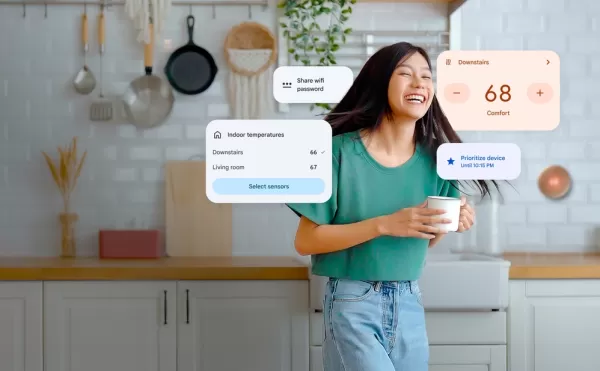 Google Introduces 9 Exciting New Features in Home App Soft Launch
Google Home App Unveils Major Updates in 2025 PreviewGoogle has significantly enhanced its Home app with several groundbreaking features currently available in public preview. Smart home enthusiasts can now enjoy Nest Cam's picture-in-picture functio
Google Introduces 9 Exciting New Features in Home App Soft Launch
Google Home App Unveils Major Updates in 2025 PreviewGoogle has significantly enhanced its Home app with several groundbreaking features currently available in public preview. Smart home enthusiasts can now enjoy Nest Cam's picture-in-picture functio
 Grammarly Expands into AI-Powered Productivity Platform
Grammarly has announced plans to acquire the popular email productivity app Superhuman, according to an official statement. The move strategically aligns with Grammarly's existing email optimization features, which currently assist professionals in r
Grammarly Expands into AI-Powered Productivity Platform
Grammarly has announced plans to acquire the popular email productivity app Superhuman, according to an official statement. The move strategically aligns with Grammarly's existing email optimization features, which currently assist professionals in r
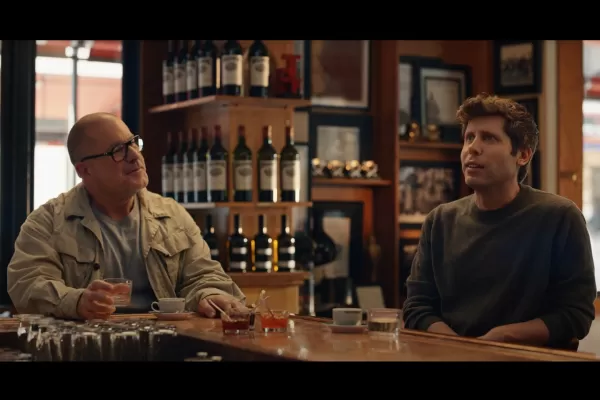 Jony Ive’s Secretive OpenAI Device Reportedly Ditching Screens
The enigmatic collaboration between OpenAI and renowned designer Jony Ive is developing a pocket-sized, context-aware device that notably won't include screens or take the form of eyewear. Internal communications obtained by The Wall Street Journal r
Jony Ive’s Secretive OpenAI Device Reportedly Ditching Screens
The enigmatic collaboration between OpenAI and renowned designer Jony Ive is developing a pocket-sized, context-aware device that notably won't include screens or take the form of eyewear. Internal communications obtained by The Wall Street Journal r
